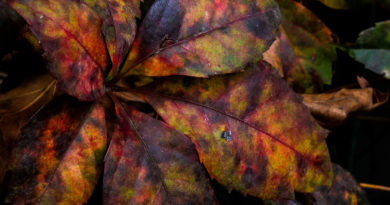The 21st Century’s Plastic Pandemic
There once was a woman who believed she could endure every kind of pain. For years without rest or relief, she has had her body mutilated in all sorts of heinous ways. This woman is Mother Nature, a victim of the many horrors brought into the world by the human race.
Today, one of the biggest problems the environment faces is the accumulation of plastic in the oceans. According to the New York Times, approximately 300 million tons of plastic is produced each year. Most of this plastic ends up in the oceans for fish to ingest. Since plastic cannot be digested, it is left to calcify in the organism’s stomach, giving it a false sense of being full and eventually causing it to die of starvation.
Just a few weeks ago in Italy, a pregnant sperm whale washed up on a beach carrying two dead fetuses. One was an actual whale and the other was 49 pounds worth of plastic. Back in March, a dead whale was found in the Philippines with 88 pounds of plastic in its stomach.
The plastic doesn’t just affect the whales- many species of turtles, seals, fish, and seabirds are just a couple of the other victims in the plastic epidemic.
The Center for Biological Diversity estimates that there are 15 to 51 trillion pieces of plastic that cover 40 percent of the surface of the world’s oceans. All around the world, plastic is taking over the once clean beaches and the once healthy marine life.
This is not a problem that can be pushed into the back of our minds for the sake of convenience. The production, selling, and buying of single-use plastic products need to be reduced. With a tiny change to our lifestyles, we can help the entire planet survive.
https://www.cnn.com/2019/04/01/europe/sperm-whale-plastic-stomach-italy-scli-intl/index.html
https://www.nytimes.com/2019/03/18/world/asia/whale-plastics-philippines.html
https://ourworldindata.org/plastic-pollution
https://www.biologicaldiversity.org/campaigns/ocean_plastics/
https://www.greenpeace.org/new-zealand/story/how-does-plastic-end-up-in-the-ocean/
